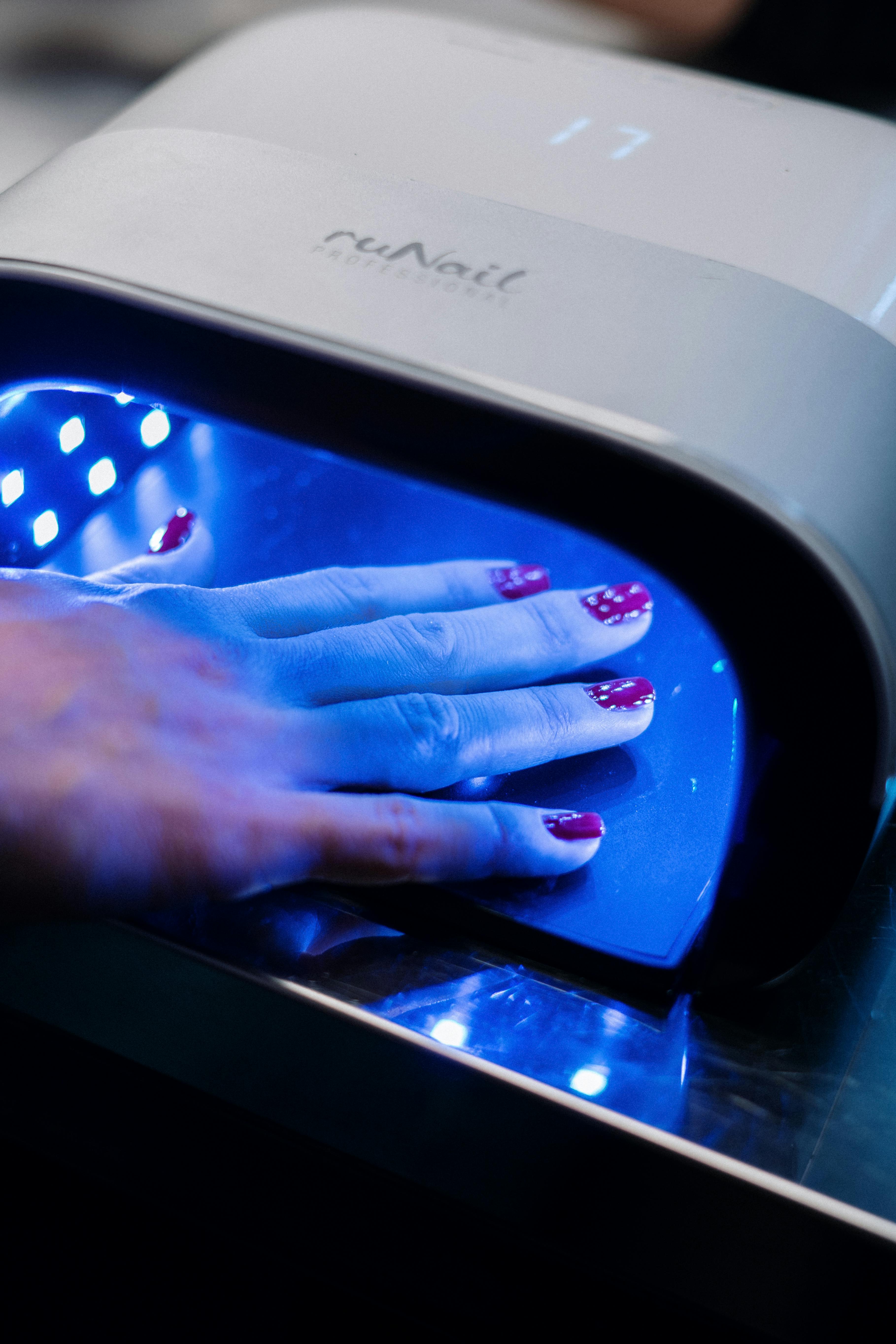Nail School: Training, Skills, and Career Paths
Nail school teaches the practical and professional skills needed to work with nails in salons, spas, and freelance settings. Courses mix hands-on practice with classroom instruction on sanitation, product knowledge, and client care, giving students a foundation to pursue licensure, build a portfolio, and develop a sustainable beauty career.

How do nails training programs work?
Nail training programs combine classroom lessons with supervised lab time where students practice manicures, pedicures, nail enhancements, and nail art. Programs vary by length: short certificate courses focus on core techniques, while longer diploma programs include broader salon practices and business basics. Instructors assess technique, safety, and client communication. Many schools require a set number of supervised service hours before students can graduate or sit for a licensing exam, and programs often include demonstrations, practical exams, and portfolio-building opportunities to document progress.
What beauty skills are taught in nail school?
Nail school covers a range of beauty skills beyond basic nail care: sanitation protocols, skin and cuticle care, acrylic and gel application, nail shaping, polish application, and decorative techniques. Students also learn to recognize common nail conditions and when to refer a client to a healthcare professional. Customer service, time management, and retailing salon products are typical course elements, helping graduates integrate technical skills with the client-facing aspects of a beauty business.
How does nail education prepare for licensure?
Education equips students to meet state or regional licensure requirements by teaching the technical skills and safety practices tested on licensing exams. Schools prepare students for written and practical components through mock exams, record-keeping practice, and supervised demonstrations of standard services. Many programs include preparation for local rules about sanitation, chemical safety, and client consultation. Graduates should verify their jurisdiction’s specific training hours and exam criteria and use school-provided materials or guidance to register for licensure tests.
What career options follow nail school?
Graduates can work as licensed nail technicians in salons, spas, and beauty clinics, or pursue freelance and mobile services providing manicures and nail enhancements. Other paths include salon management, training and instruction, product representation, or building a small business selling specialized nail services. Some technicians expand into related beauty treatments after additional training. Career progression often depends on continued education, a strong client base, and developing a recognizable style or specialty within the beauty community.
What manicure techniques will you learn?
Manicure technique training typically includes classic manicures and pedicures, cuticle care, shaping, buffing, polish application, and basic nail art. Students practice advanced services such as acrylic overlays, dip powder, gel polish systems, and sculptured tips, along with proper removal methods to protect natural nails. Emphasis is placed on correct tool usage and sequence of steps to avoid damage. Learning a variety of techniques helps technicians match services to client needs, skin and nail types, and lifestyle preferences.
How to find local services, apprenticeships, and continuing education?
After graduation, seek local services and apprenticeship opportunities through salon job boards, industry associations, and school placement offices. Apprenticeships or mentorships can provide practical experience under an experienced technician and help build a client list. Continuing education courses and workshops are widely available to learn new nail art trends, product lines, or advanced safety practices. Networking with peers, joining professional groups, and attending trade shows can also reveal local services, supplies, and supplier relationships that support long-term career growth.
Conclusion
Nail school provides a structured path into the nails and beauty field by combining hands-on practice, safety instruction, and business fundamentals. Graduates gain practical manicure and enhancement skills, prepare for licensure where required, and can pursue a range of career options from salon work to independent services. Ongoing learning, professional networks, and attention to sanitation and client care are central to building a durable career in this sector.






